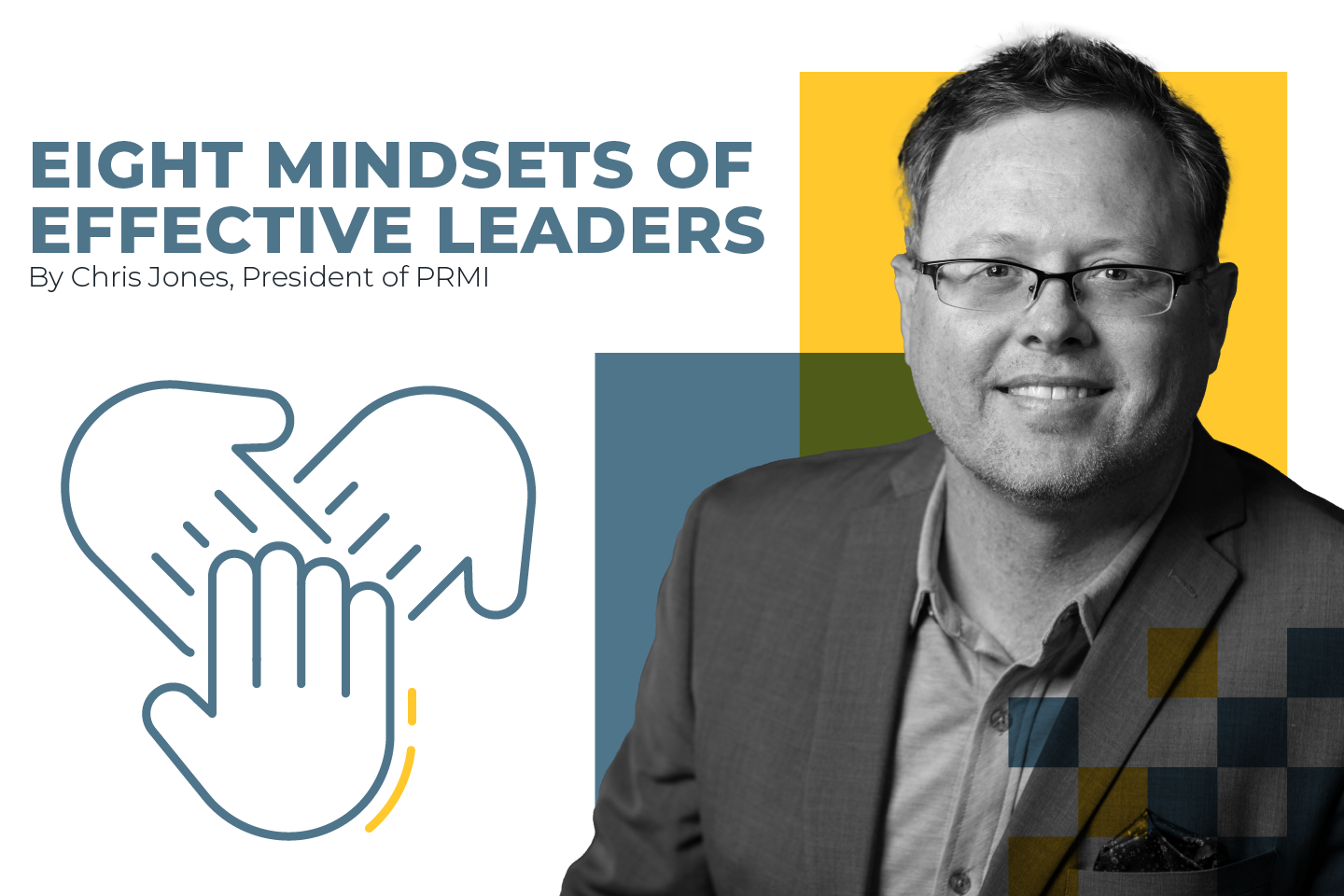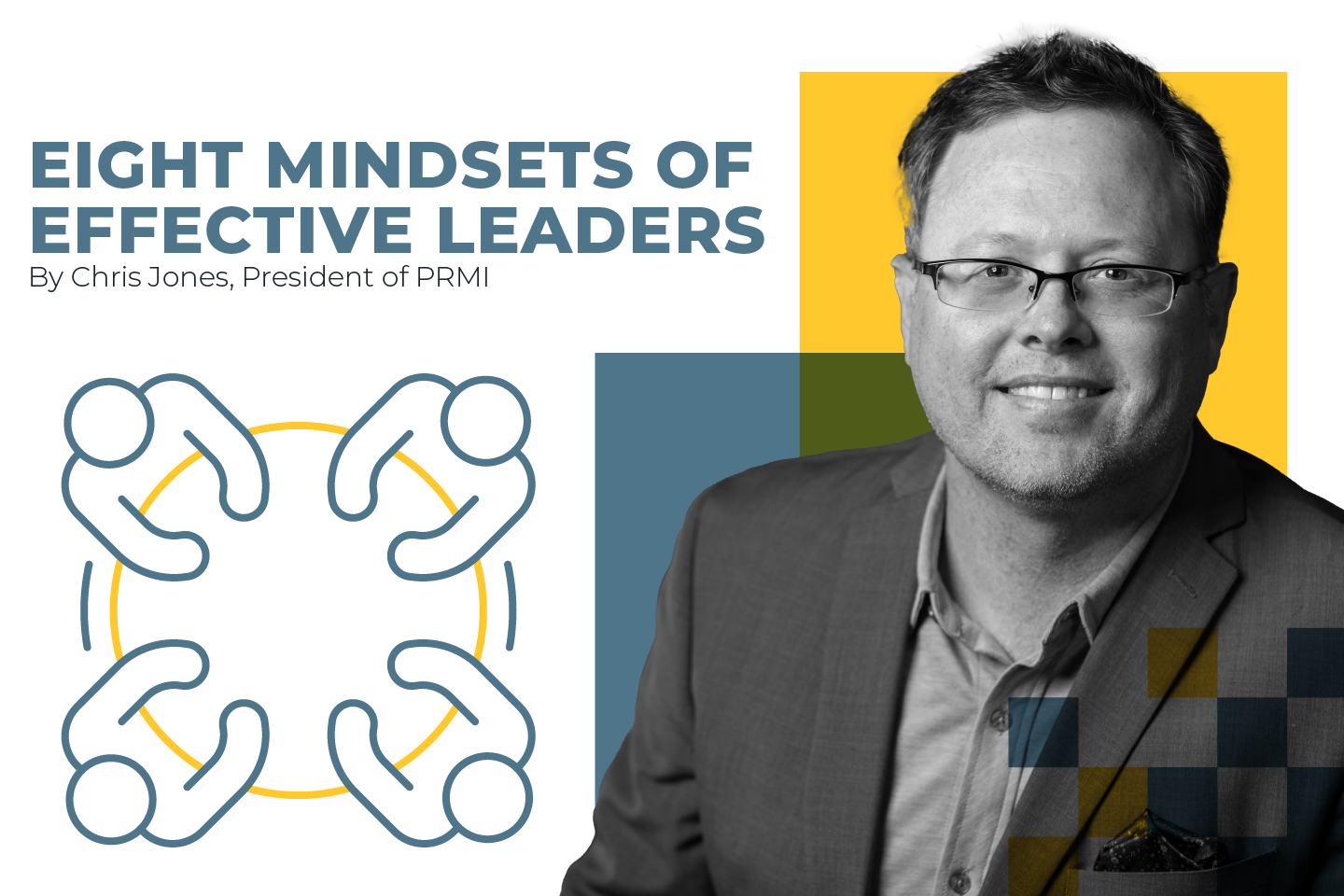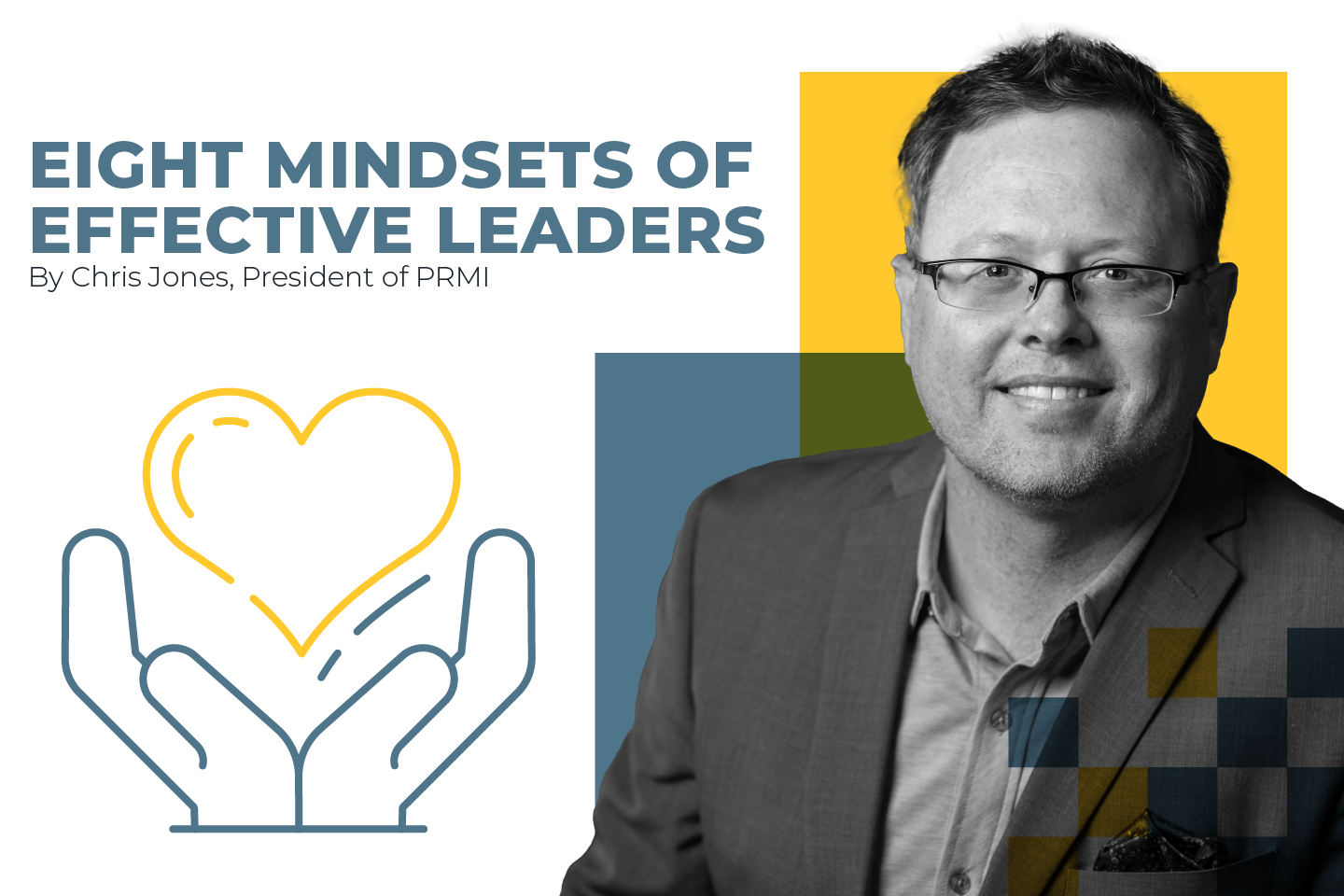
by:
One of the great blessings of having a mobile phone with a camera, virtually unlimited memory, and more computing power than the mainframes that put mankind on the moon is that I can easily view thousands of photographs that chronicle my children’s development from toddler to teenager to young adult. I can see both the physical changes, but a parent can also see their children’s emotional and cognitive growth in these images. In my mind’s eye, I can see how our parenting style evolved. I think this parenting evolution has an interesting correlation to organizational leadership.
Leadership Principle Three:
Employees are peers, not children!
Qualities of successful leaders who understand this mindset: Patience, Flexibility, Availability, Bravery, Adaptability
Parenting is a dynamic journey that evolves significantly as children grow and mature. Parenting younger children requires a hands-on approach that prioritizes safety, basic needs and foundational teaching. The focus in this stage often revolves around teaching fundamental values, instilling discipline and fostering a secure attachment between parent and child.
As a child transitions into teenage years, the parenting strategy shifts to accommodate a child’s growing independence and identity exploration. Parents try to strike a balance between offering guidance and granting autonomy, respecting a child’s emerging sense of self while also providing boundaries and guidance to navigate social and emotional challenges.
Parenting adult children requires a transition into more of a supportive role, offering the guidance and advice of a trusted friend when sought while respecting their children’s autonomy and decision-making abilities. Building relationships that are based on mutual respect and open communication becomes crucial as adult children navigate career choices, relationships and life milestones.
How does this understanding of parenting apply to leading people?
Like parenting, leading requires flexibility, adaptability and a deep understanding of the needs of one’s employees, just as parenting requires flexibility based on the needs and age of our children. Adjusting one’s leadership approach to the unique needs of one’s people distinguishes good leaders from great leaders.
Too often, managers treat their employees like children by doing the following:
- Excessively monitoring and controlling every aspect of an employee’s work, much like a parent who may closely supervise every action of a young child.
- Instead of providing constructive feedback and positive reinforcement, managers may use punitive measures and reprimands that paralyze people from being proactive.
- Without even knowing it, some leaders may use patronizing or condescending language when communicating with employees.
- Leaders may not provide employees with opportunities for autonomy and decision-making, treating them more like subordinates than trusted peers.
- Instead of focusing on professional growth and skill development, some managers focus solely on immediate tasks and short-term results instead of long-term personal development.
- Employees are often overprotected by leaders who may shield them from challenging tasks or growth opportunities out of fear they might fail, much like how parents may try to protect their children from adversity or the consequences of sub-optimal choices.
One of the greatest risk takers in both business and adventure over the last 50 years, Richard Branson, tells a story from his childhood that prepared him for many of his successes and accomplishments later in life. At the age of 6, his mother dropped the uncooperative Richard on the side of the road, four miles distance from their destination at his grandmother’s home, with instructions to find his way there on his own since he couldn’t behave.
Branson describes the fear and desperation he felt in that moment as being like the fear he felt as an adventurer in two record-setting hot-air balloon trips – a transatlantic one in 1987 and transpacific one in 1991 – in which Branson faced likely death. He credits his mother for the risk-taking and self-confident mindset that has fueled much of his adventure and business success in life. “She was incredibly supportive, lots of love, but every opportunity she had, she would push us to the limits.” Much like Branson’s mother, another great leader that I know wisely observed that when a leader appropriately teaches and allows people the growth that comes from adversity, the leader and the organization becomes forever the benefactor of those learnings.
I won’t take the position that asking a child to find their way home at age 6 is an appropriate teaching lesson in today’s dangerous world, but our job as parents and leaders is to help children and peers achieve their greatest potential. For certain, parents must keep their children from experiencing choices that are life-threatening, just as leaders must keep employees from creating failures that are company-threatening. But just as helicopter parents often do their children the disservice of overprotection, helicopter leaders underserve their people by keeping them from developing the confidence that comes from finding their way independently and resourcefully.

